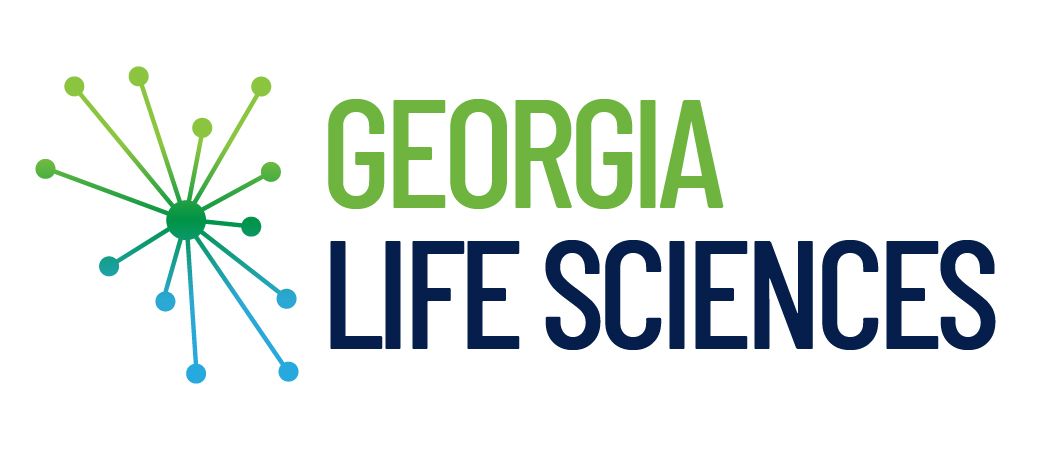COVID-19 March 24, 2020 Federal Update
Legislation
Supplemental III – “COVID-III”
The hope continues to be that a deal can come together, that a time agreement can be reached, and that the Senate can vote expeditiously – if not yesterday night, then certainly by today. Absent any deal, the Senate would vote on cloture on the motion to proceed to the COVID-III vehicle one hour after convening tomorrow.
If the Senate passes the package today, the House could pass by unanimous consent on Thursday. If unanimous consent isn’t achievable, the fallback is the suspension calendar on Friday. All of this is dependent on how quickly a deal is reached and text is released.
Process and Politics:
Multiple caucus conference calls were held yesterday and it seems that both caucuses are attempting to marshal their members toward acceptance of passing the bill by unanimous consent in the House. Speaker Pelosi and other House leadership have indicated they would be willing to pass the bill in the House under unanimous consent, but only if the end product is acceptable.
Policy:
Multiple updated drafts of the bill have been circulated yesterday. However, it’s unclear as of right now, as negotiations are still ongoing, what provisions in the draft bill are completely set and what is being further negotiated. As with previous big deals, nothing is final until everything is final . All policies previously discussed continue to be on the table and could be part of a final deal. CARES text (as of earlier today) here. Latest information indicates a final bill may include the following:
- $1,200 in direct payments, $500 per child with income limitations and restriction;
- Early withdrawals from retirement accounts without penalty;
- Expansion of unemployment insurance (includes eligibility to self-employed, contract employees) for 4 months;
- Delay in payroll taxes by one year, payable over two years;
- Net Operating Loss from tax years 2018, 2019, or 2020 may be carried back five years;
- Small business bridge loans to companies with 500 employees or fewer with a maximum loan of $10 million, administered by 7(a) lenders;
- $100 billion for hospitals with $50 billion in extra support for combatting COVID-19;
- Expansion of HSAs to cover over the counter medicine;
- Telehealth flexibility;
- Suspension of the Medicare sequester through December 31, 2020.
- Liability protections for doctors practicing across state lines;
- Treasury-administered loans for distressed industries, including $50 billion for passenger airlines, $8 billion for cargo carriers, $10 billion for AIP, with restrictions and a certain amount of oversight (unclear what that is until we see text).
Passed Legislation
Supplemental II – Families First Coronavirus Response Act (HR 6201)
The Senate passed the bill 90-8 Wednesday afternoon and the President signed the bill into law that evening. Bill text here. Factsheet here. Bill section by section here. A summary of paid leave provisions, incorporating changes made by technical correction, is here.
Supplemental I – Coronavirus Supplemental
Members of Congress in Quarantine or Treatment
Tested Positive (3): Sen. Rand Paul (R-KY), Rep. Ben McAdams (D-UT), Rep. Mario Diaz-Balart (R-FL)
Currently Self-Quarantined (26): Rep. Paul Gosar (R-AZ), Rep. Julia Brownley (D-CA), Rep. Jason Crow (D-CO), Rep. Matt Gaetz (R-FL), Rep. Mario Diaz-Balart (R-FL), Rep. Doug Collins (R-GA), Rep. Steve Scalise (R-LA), Rep. Ann Wagner (R-MO), Rep. Sharice Davids (D-KS), Rep. Ben Ray Luján (D-NM), Rep. Kathleen Rice (D-NY), Rep. Kendra Horn (D-OK), Rep. Matt Cartwright (D-PA), Rep. Ben McAdams (D-UT), Rep. Gwen Moore (D-WI), Rep. Frederica Wilson (D-FL), Rep. Stephanie Murphy (D-FL), Rep. Drew Ferguson (R-GA), Rep. Joe Cunningham (D-SC), Rep. Tom Cole (R-OK), Rep. David Schweikert (R-AZ), Rep. Anthony Brindisi (D-NY), Rep. David Price (D-NC), Rep. Andy Kim (D-NJ), Sen. Rick Scott (R-FL), Sen. Cory Gardner (R-CO), Sen. Mike Lee (R-UT), Sen. Mitt Romney (R-UT)
Completed Quarantine (4): Sen. Ted Cruz (R-TX), Rep. Mark Meadows (R-NC), Sen. Lindsay Graham (R-SC), Rep. Don Beyer (D-VA)
The post COVID-19 March 24, 2020 Federal Update appeared first on Georgia Bio.




